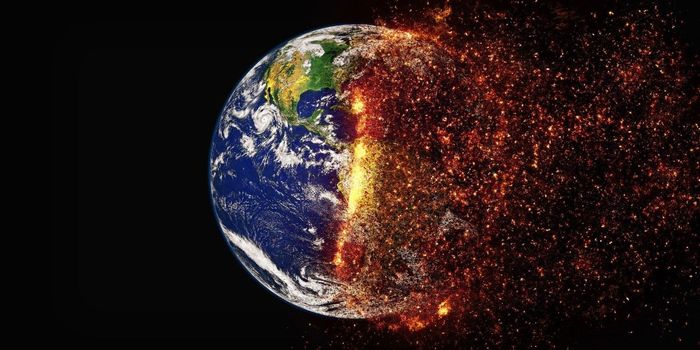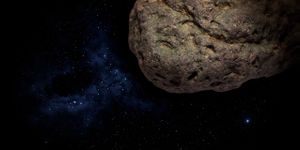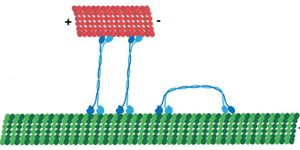Did you know that gold actually comes from the stars? Well, it technically comes from the explosion of a star - a supernovae in fact. Because of the huge gravitational pressure of a star, nuclear fusion occurs, releasing energy from its hydrogen composition, which accounts for the star's brilliance. The process of fusion over millions of years transforms hydrogen into heavier elements, which eventually cause the star to collapse into itself, causing an explosion. When a star explodes, the extreme pressure makes subatomic protons and electrons join together to form neutrons, which can be "captured" by heavier elements and turn them into even heavier elements, such as gold. This process in a supernovae takes seconds, and the elemental debris is propelled through the interstellar, where it eventually settles and forms new stars and planets. That is how gold has come to be in the depths of Earth's core, from where we now extract it as a precious metal.
The rarity of gold along with its extraction process is what makes it so expensive and precious. Did you know that throughout all of history humans have extracted only enough gold to fill three Olympic-size swimming pools? That then begs the question; are we able to make more of it ourselves? The answer is YES! Scientists have figured out how to mimic the process of nuclear reactions to make gold using particle accelerators. Unfortunately, the process requires the gold to be manufactured atom by atom, meaning it would take billions of years to produce one gram. Not to mention the cost of manufacturing! So for now its best to keep your gold panning ambitions to a minimum.








